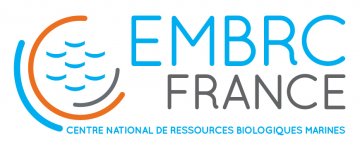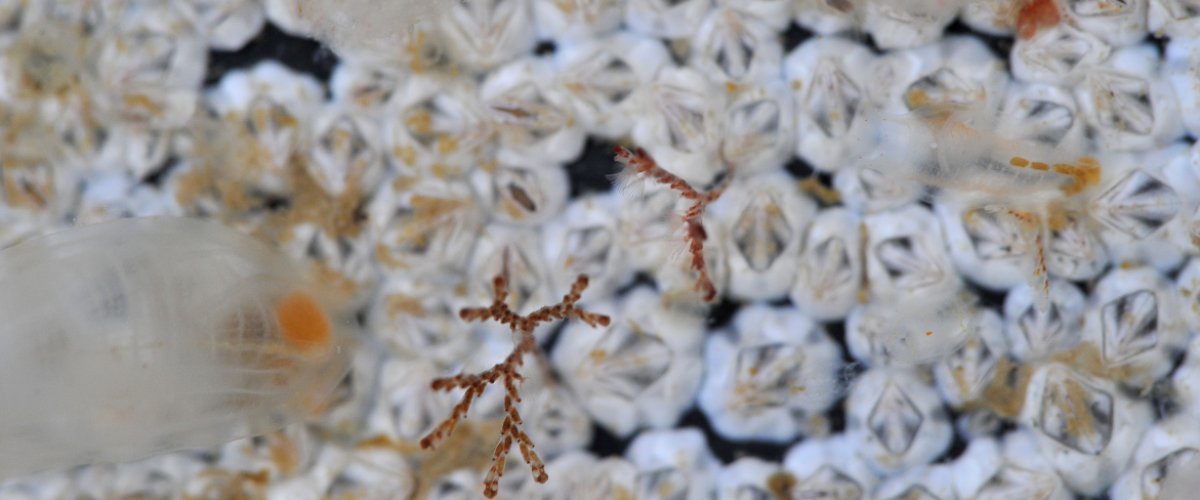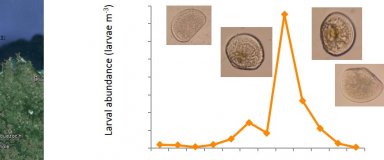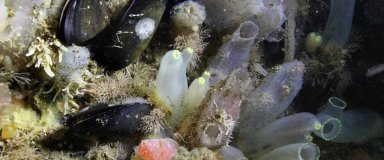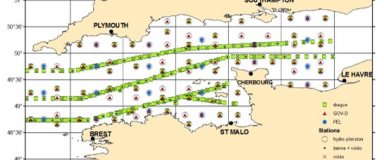Topic 3 - Dispersal and the dynamics of communities
This research area focuses on the links between dispersal and diversity at the scale of communities. We develop tools to describe communities and understand their dynamics.
- The team has long been using molecular tools to study the diversity of species in their « natural « range (e.g. phylogeography, see research topic 2) or introduced species. These studies often revealed cryptic species (that is, species that are morphologically identical) or species that are very difficult to identify based on morphological criteria (e.g. alien species closely resembling native ones). These results lead us to develop « barcode » approaches using both adult and larval stages.
- We also develop « metabarcoding » approaches in order to analyse directly the composition of communities. This topic is particularly developed for mero-plankton studies (seasonal dynamics of larval abundance and composition of larval communities).
We also develop « metabarcoding » approaches in order to analyse directly the composition of communities.
- The rising urbanization of the littoral has resulted in an increased concentration of artificial substrates in the marine environment (dikes, piers, pontoons…). These artificial substrates, first and foremost port areas, give shelter to specific communities: marinas do not replace natural habitats; instead, they are colonized by original communities. Alien species represent an important biotic component of these ecosystems.
- With different projects, including the INTEREG program Marinexus, the team has gathered information on non-native sessile species, particularly ascidians, in these environments. In collaboration with John Bishop’s group at the Marine Biological Association in Plymouth, the team identified new introduced species (Bishop et al 2013) and set up molecular barcoding methods for their identification.
Marinas do not replace natural habitats; instead, they are colonized by original communities
A central objective of this research topic is to understand how marine benthic communities evolve. We use long-term (up to 40 years) time series of observations from communities sampled in the Channel. Our objectives are to:
- evaluate the impact of environmental changes on macrofaunal distribution patterns in the West Channel
- Better integrate life-history traits in the analysis of the observed variations through time
- relate 'classical' diversity estimates with fonctional diversity
This research also aims at better supporting the management of marine habitats
La Manche Occidentale, au coeur de nombreux changements environnementaux
